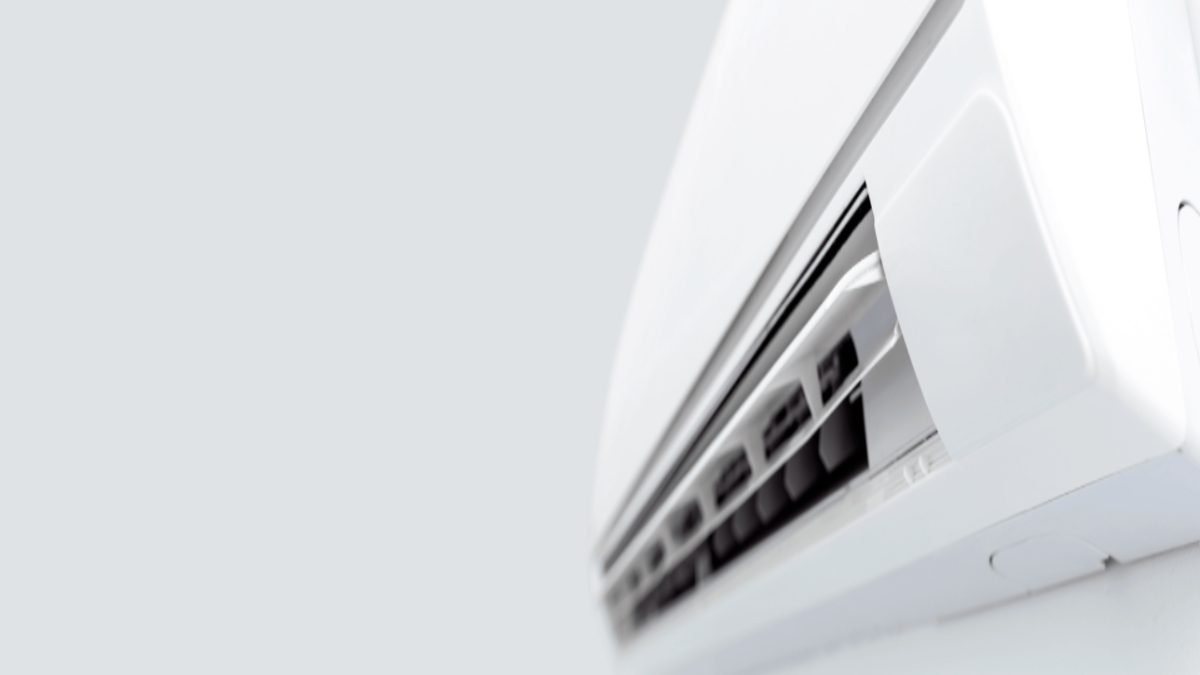Air conditioners has become a must-have system for comfort, even more so during summer. An ideal air conditioning system must operate efficiently without impacting the comfort and temperature control. There are various types of air conditioning systems, but depending on the need and type of project, the optimal options may vary.
The cooling systems when designed according to the building requirement offers higher efficiency without affecting the comfort level. When it comes to commercial air conditioning systems, a lot of factors must be considered to find the best possible option for the building.
Table of Contents
The Air Conditioning Design Must Consider Operating Schedule
The operating schedule plays an important role in designing air conditioning systems as failing to consider the schedule of different spaces in buildings will eventually lead to wastage of energy and higher energy bills. Some buildings have the same schedule for all the spaces, other buildings have dedicated spaces for businesses each with a different schedule. A mixed case also exists where the building has large common areas and unique spaces, with each having their independent schedules.
In such cases, even if the central AC has a high efficiency, a lot of energy will be wasted and the energy bills will be higher than expected. A central AC system is a good option only if the entire building operates with the same schedule. Unitary systems can be used in buildings that have different spaces with different operating schedules. For mixed cases, a central AC for the common areas, while smaller independent systems with tenant spaces makes sense.
The Air Conditioning System Must Be Suitable for the Building Layout
To determine the ideal AC configuration, the physical characteristics of the buildings must be considered. To understand this better, consider a direct expansion system that cools air directly coupled with air handlers for distribution. This configuration becomes impractical in high-rise buildings as it cannot effectively deliver the cool air through vertical distances.
Depending on the building layout, a hydronic AC system is recommended in high-rise buildings as it uses the chilled water to reach higher floors. The air distribution is effective only in horizontal distances.
If the building layout is overlooked, a separate cooling unit will be required for each floor, which will be quite expensive for most buildings.
Opt for AC Units with Highest Energy Efficiency Rating
Once you figure out the AC configuration and building operating schedule, choosing a AC system with high energy efficiency rating will greatly reduce the energy bills. Depending on the type of AC units, the efficiency metrics are different. Higher the efficiency, lower the energy bills.
· Mini-split units and heat pumps in cooling mode use the Seasonal Energy Efficiency Ratio (SEER)
· Packaged rooftop units use the Integrated Energy Efficiency Ratio (IEER).
· Chiller plants use efficiency described in kilowatts per ton of refrigerating capacity (kW/ton) or the Integrated Part Load Value (IPLV).
· Water-source and ground-source heat pumps use a Coefficient of Performance (COP).
Regardless of the efficiency metric used, a higher value indicates higher efficiency. The only exception is kW/ton, where a lower value means higher efficiency.
Improve Cooling Efficiency with Building Envelope
A building envelope is what separates the building interior from the exterior environment. An inefficiency building envelope will lead to temperature variations in indoor spaces depending on the outdoor environment. The most common cases being air leakage or low insulation. This forces the AC system to consume more energy to maintain the desired indoor temperature.
An efficient building envelope can reduce the heating and cooling loads by up to 40%, thus helping save energy and money all year round.
Author’s Bio
Michael Tobias, PE, is the principal and founder of NY Engineers. He leads a team of over 50 MEP/FP engineers. Although New York Engineers main headquarters are in NYC and Chicago the business has led over 1,000 engineering projects in New York, New Jersey, Connecticut, Pennsylvania, Florida, Maryland, and California, as well as Malaysia and Singapore. Michael is an advocate for green technology and energy efficiency, and approaches engineering as a vehicle to raise the quality of life

